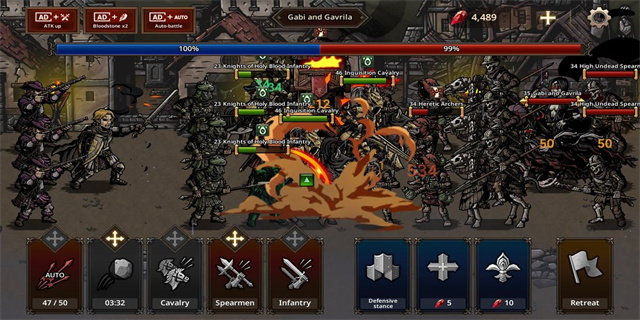SpeedTree: A Powerful Tool for Creating Realistic Trees in 3D Rendering
Introduction
SpeedTree is a widely-used software package that has revolutionized the process of creating realistic trees and vegetation for 3D rendering in various industries such as gaming, film, and architectural visualization. This article will explore the capabilities and features of SpeedTree, as well as its impact on the visual effects industry.

The Power of SpeedTree
SpeedTree offers a comprehensive set of tools and features that enable artists to create stunningly realistic trees. With its advanced algorithms and procedural techniques, it captures the intricacies and details of real trees, allowing for an unprecedented level of realism in 3D rendering. The software offers a vast library of pre-built tree models, as well as an intuitive and flexible interface for customization and modification.

Procedural Modeling and Customization
One of the key strengths of SpeedTree is its procedural modeling capability. The software uses a combination of mathematical algorithms and user-defined parameters to generate realistic tree structures. Artists can easily customize various aspects such as branch shape, leaf density, and overall tree architecture to achieve the desired visual result. This procedural approach allows for efficient and flexible tree creation, as changes can be made easily without the need to manually rebuild each component.
Realistic Branch and Leaf Modeling
SpeedTree excels in producing highly detailed and realistic branches and leaves. The software utilizes advanced techniques such as geometry instancing and billboarding to create convincing 3D foliage. Branches can be shaped and textured with great precision, allowing for the recreation of specific species' characteristics. Leaves can have intricate veining and curvature, further enhancing the realism. The software also includes a built-in leaf generator and editor, providing artists with the tools to design and modify leaf textures and shapes.
Wind Simulation and Animation
One of the standout features of SpeedTree is its wind simulation and animation system. The software can simulate natural wind forces, producing realistic tree sways and movements. Artists have full control over wind speed, direction, and turbulence, allowing for the creation of dynamic and natural-looking tree animations. The wind animation can be exported as a separate animation file or integrated into the 3D rendering pipeline using industry-standard formats.
Integration and Compatibility
SpeedTree is designed to seamlessly integrate with popular 3D modeling and rendering software. It supports major industry standards such as FBX, OBJ, and Alembic, ensuring compatibility with a wide range of pipelines and workflows. The software can also generate various types of output files, including high-quality textures, ready-to-use 3D model files, and animation sequences. This flexibility and compatibility make SpeedTree an essential tool for professionals in different creative fields.
Impact on the Visual Effects Industry
SpeedTree has had a significant impact on the visual effects industry, especially in the gaming sector. Prior to its introduction, creating realistic trees and foliage was a time-consuming and labor-intensive process. Artists had to manually model and texture each branch and leaf, resulting in limitations in both quality and efficiency. SpeedTree revolutionized this process by offering a streamlined and efficient solution, enabling artists to create highly detailed trees in a fraction of the time.
Conclusion
SpeedTree has become an indispensable tool for artists and studios seeking to create realistic trees and vegetation in 3D rendering. Its powerful procedural modeling, realistic branch and leaf modeling, wind simulation, and integration capabilities provide a comprehensive solution for generating visually stunning and lifelike trees. With its continued development and evolution, SpeedTree is expected to remain a key player in the world of 3D rendering for years to come.

















